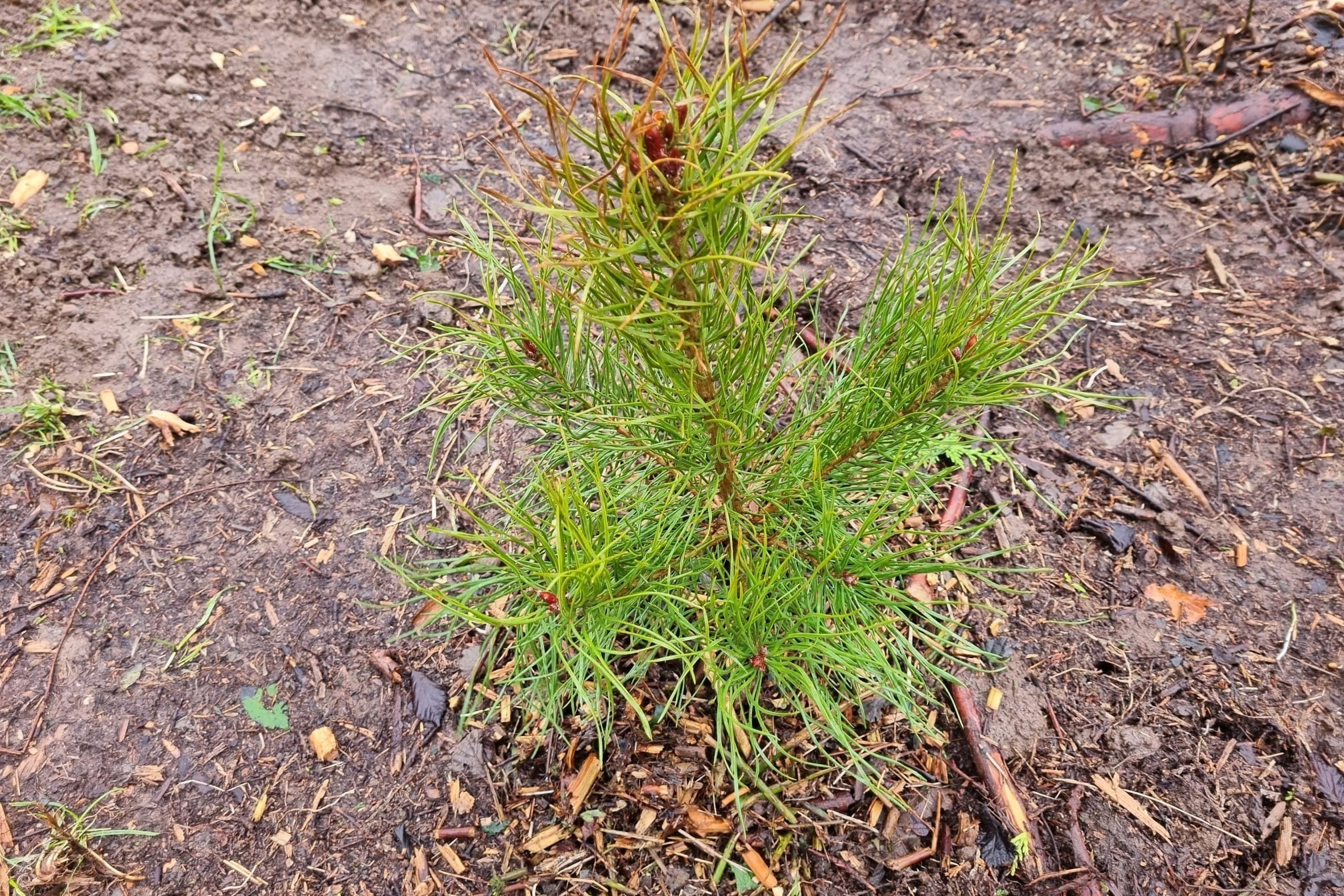Planting native bare root trees can be a rewarding endeavor, but proper care is essential to ensure their successful establishment and long-term health. Whether you're a seasoned gardener or a novice, following these tips will help your newly planted trees thrive.
1. Choose the Right Location
-
Select a site with appropriate sunlight exposure for the specific tree species.
-
Ensure the soil is well-draining to prevent waterlogging, which can suffocate roots.
-
Avoid areas prone to strong winds or where the tree may be exposed to harsh environmental conditions.
2. Prepare the Soil Properly
-
Loosen the soil in the planting area to improve aeration and root penetration.
-
Remove any weeds, rocks, or debris that could impede root growth.
-
Incorporate organic matter such as compost to enrich the soil and provide essential nutrients.
3. Handle Trees with Care
-
Handle bare root trees delicately to avoid damaging the roots or stems.
-
Keep the roots moist at all times to prevent desiccation, especially during transportation and planting.
-
Avoid exposing roots to direct sunlight for extended periods, as this can cause them to dry out.
4. Plant at the Right Depth
-
Dig a hole wide enough to accommodate the spread of the roots without bending or crowding.
-
Ensure the trunk flare (where the roots begin to flare out at the base of the tree) sits slightly above ground level to prevent rotting.
-
Backfill the hole with soil, gently firming it around the roots to eliminate air pockets.
5. Water Adequately
-
Provide sufficient water immediately after planting to settle the soil and hydrate the roots.
-
Monitor soil moisture regularly, especially during dry periods, and water as needed to keep the root zone consistently moist but not waterlogged.
-
Mulch around the base of the tree to help retain soil moisture and suppress weeds.
6. Prune with Caution
-
Limit pruning to remove damaged or diseased branches, and avoid excessive pruning, especially during the first year after planting.
-
Prune strategically to promote healthy branch structure and encourage strong root development.
7. Protect from Pests and Diseases
-
Monitor trees regularly for signs of pests or diseases, such as abnormal leaf discoloration, wilting, or pest activity.
-
Implement appropriate pest management strategies, such as applying organic or chemical controls as needed.
-
Maintain overall tree health through proper watering, fertilisation, and cultural practices to reduce susceptibility to pests and diseases.
With proper care, your trees will thrive and contribute to the beauty and biodiversity of your landscape for years to come.

